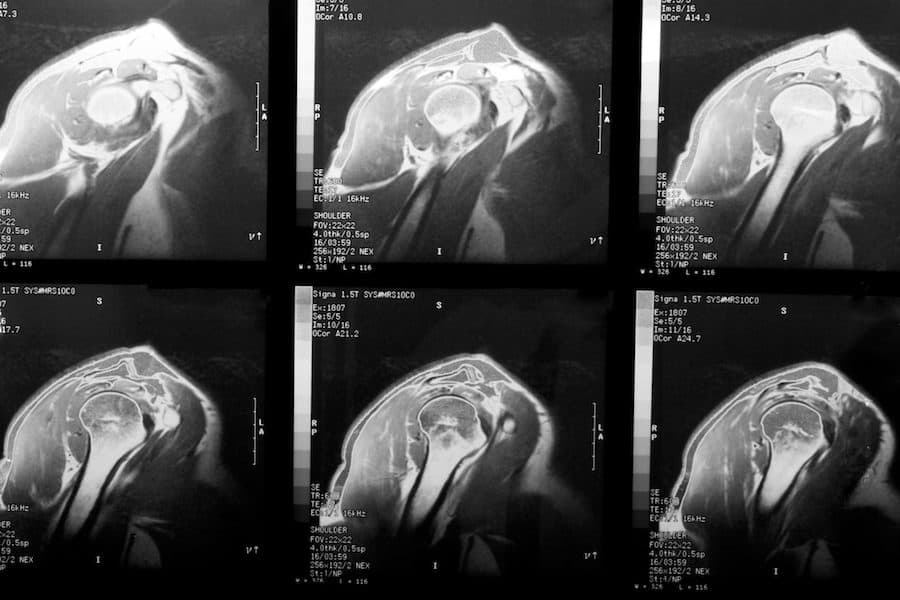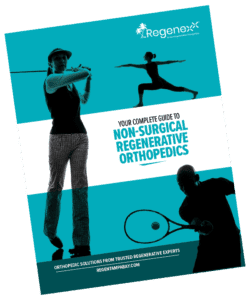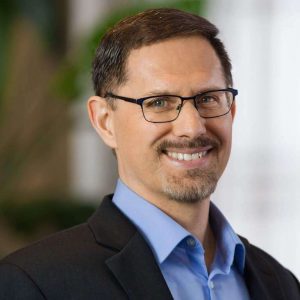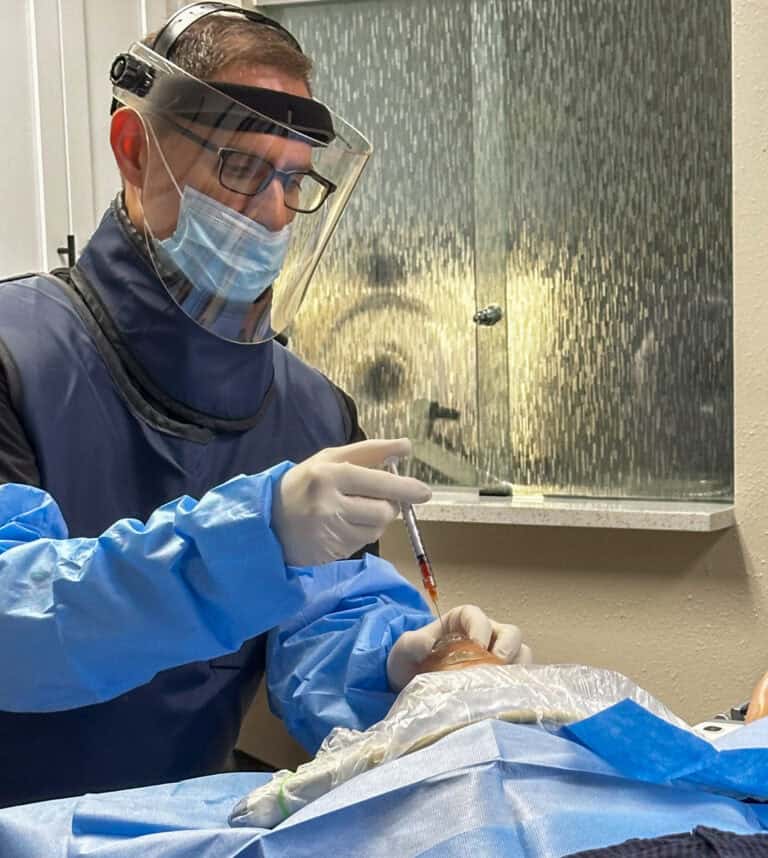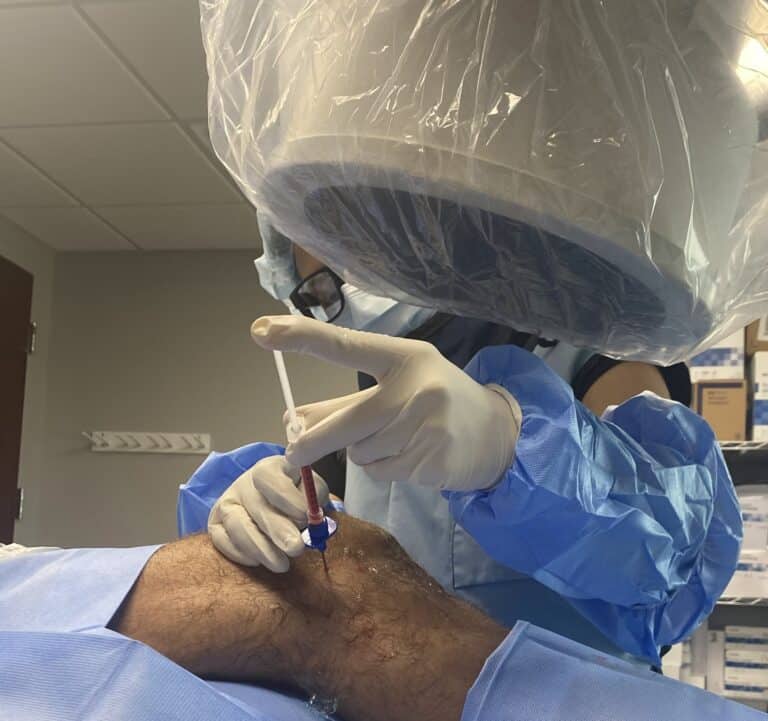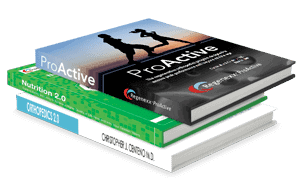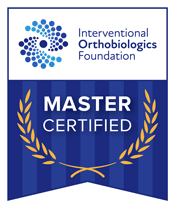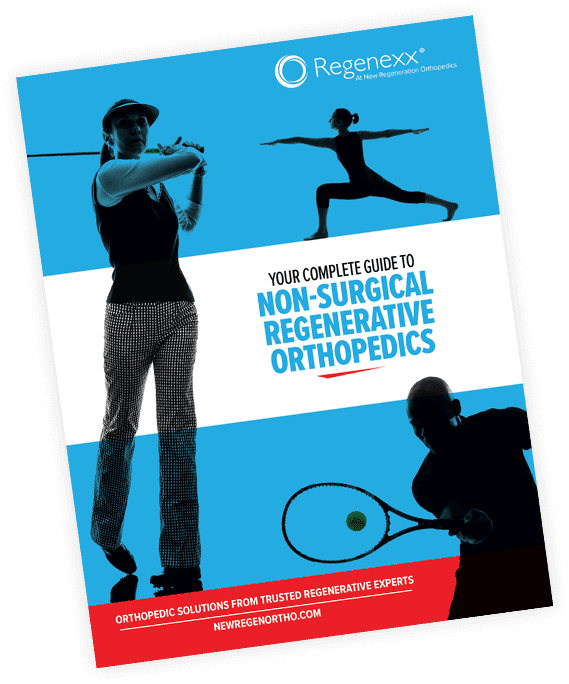The rotator cuff is a grouping of muscles and tendons in the shoulder. They provide support and help to stabilize the shoulder joint, as well as allow for a full range of motion in the ball-and-socket joint.
Tears in the rotator cuff can occur in many ways. These can include injury by overstressing the shoulder or they can also occur in middle age and beyond as a result of normal wear and tear which are referred to as degenerative tears. When an MRI shows a tear in the rotator cuff and there is shoulder pain present, physical therapy is often tried as the first step to help the pain. Sometimes a cortisone injection is given to ease the pain. The issue with cortisone is that it weakens the tissue further, kills local stem cells, and makes it more likely that surgery will fail in the future. If those treatments don’t work well enough, rotator cuff surgery is often the next recommendation. Well, that was then. Now, you have options beyond surgery to get you back to doing the things you love without pain. Interventional orthopedic solutions such as Regenexx SD (bone marrow-derived stem cells) or Regenexx SCP (platelet-rich plasma (PRP)) treatments can help.
Let’s first review why surgery may not be the best solution for rotator cuff tears.
You may be surprised to hear that our gene expression plays a part in how a rotator cuff tear heals, influencing the recruitment of stem cell. This means that fewer of our healing stem cells may be called in to repair the tendon or help heal the rotator cuff following surgery. You may also believe that if a larger rotator cuff tear is present that the only possible way to fix it would be surgery, but research suggests that 60% of those who undergo surgery for large tears actually experience a failure of the repair and re-tear of the rotator cuff. This is because sewing together already weak and degenerated tissue doesn’t necessarily do much to strengthen that tissue.
What about shoulder pain?
Does rotator cuff surgery at least minimize the pain? This is the most prominent reason that patients pull the trigger to have surgery in the first place. Unfortunately, many rotator cuff surgery patients are still in pain following surgery. This is because the shoulder pain may not be due to the tear itself. This is especially true if the rotator cuff tear occurs in middle age or older and is the result of a degenerative tear.
We know this because many patients who have tears have no shoulder pain. This has been well researched in many MRI studies. The true cause or source of the pain could be due to many other issues such as inflammation. A nerve at the spine where the nerve branches into the shoulder can become irritated and present as pain in the shoulder and may actually be the source of pain as well. So, sewing the tendon together may not get rid of the underlying source of pain.
Even if the rotator cuff tear and shoulder pain are clearly due to a traumatic injury, it is still wise to be skeptical of surgery. Surgery has actually been shown to be no better for rotator cuff tears than simply participating in physical therapy.
The Benefits of Stem Cells For Shoulder Pain
This is the reason that we recommend speaking to an Interventional Orthopedic physician at Regenexx Tampa Bay before deciding on surgery. Read on to discover a patient success story.
Treating a Rotator Cuff Tear with Stem Cells
Don is 70 something-year-old retired Mathematics professor. He loves to kayak and ballroom dance. He had a large rotator cuff tear limiting his ability to kayak and lift his kayak overhead onto his vehicle for travel.
Don received an evidence-based, standardized protocol using a highly concentrated dose of his own bone marrow-derived stem cells as an injection procedure referred to as Regenexx SD. Those stem cells were injected into his rotator cuff tear using precise ultrasound guidance and live Xray. Three months later, he was back to lifting his kayak overhead and kayaking in the Crystal River.
The video below about Don (and his wife Marie) demonstrates the real-life story of two active elderly people who have been able to continue to do the things they love to do without surgery, cortisone injections, narcotics, or NSAIDS.
